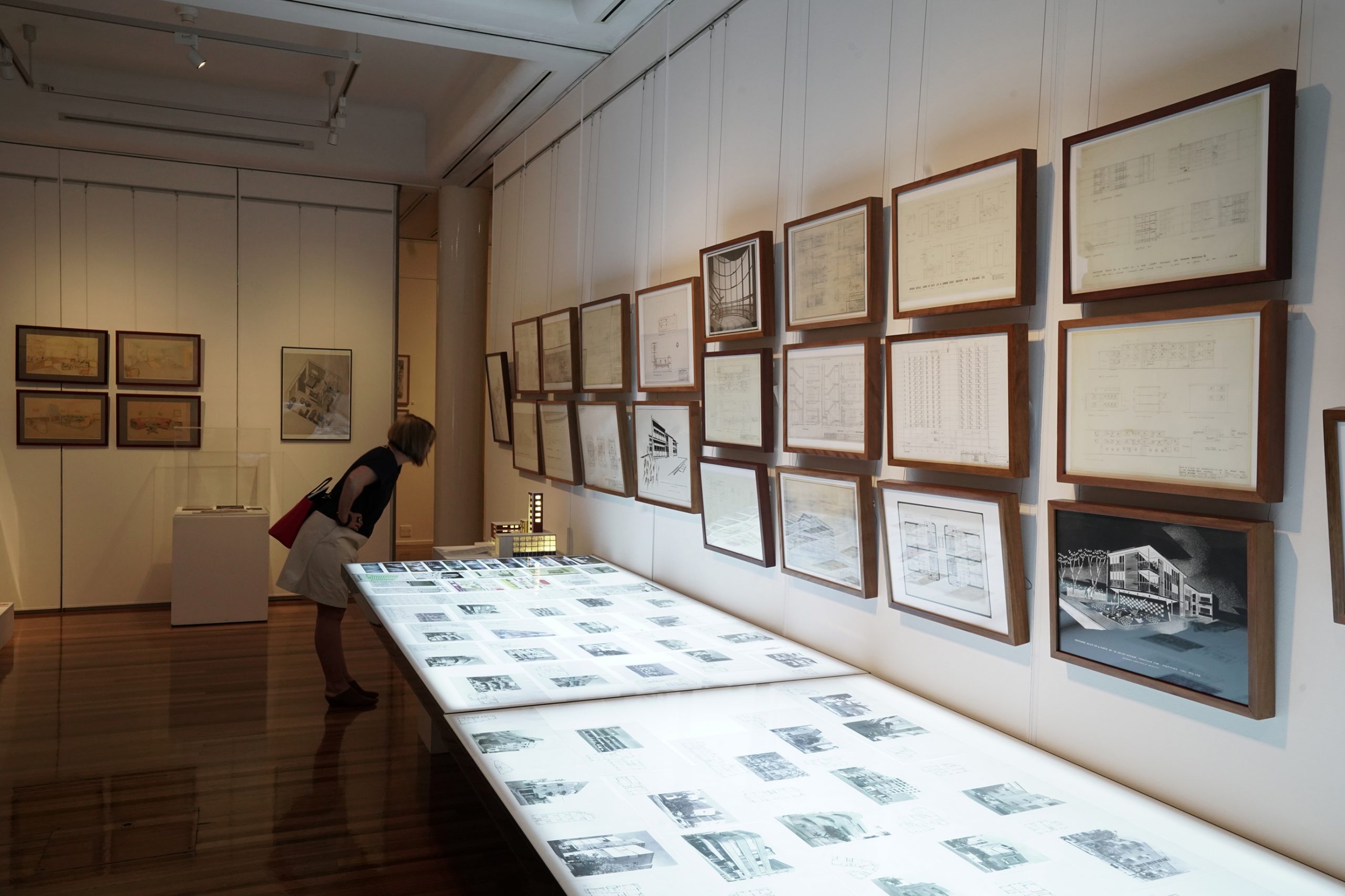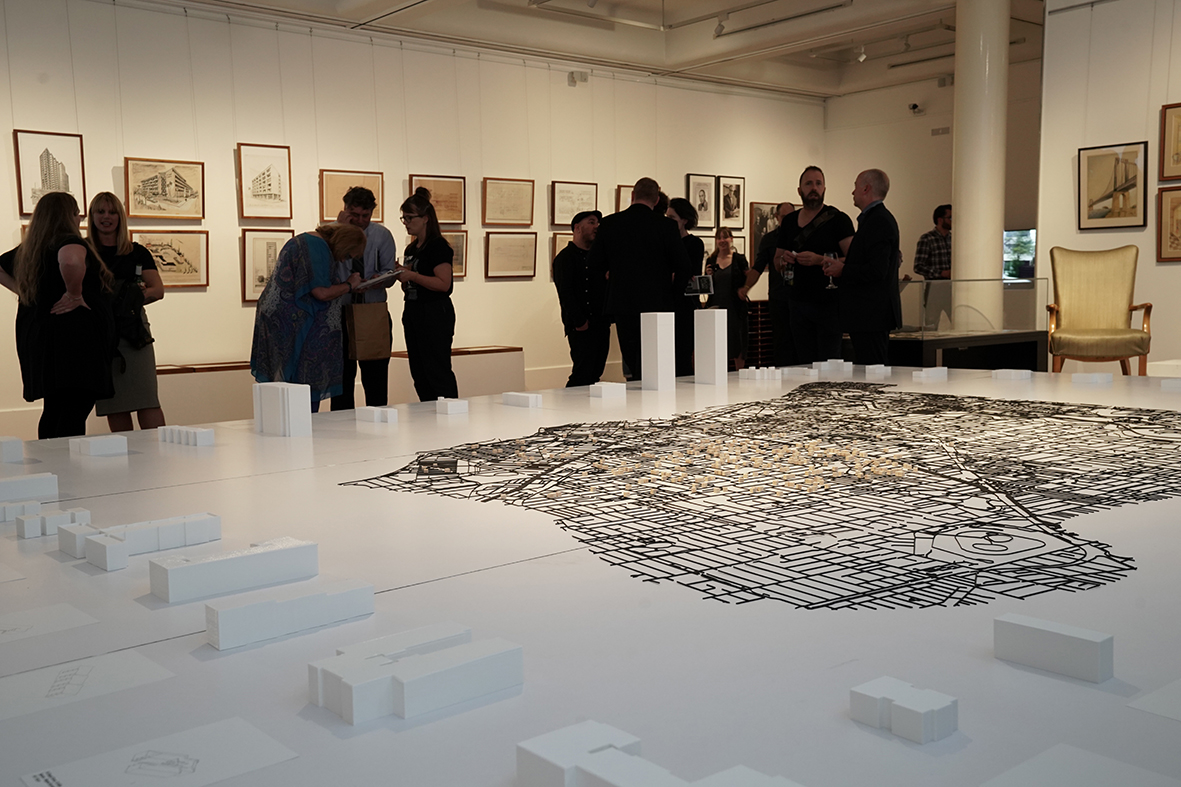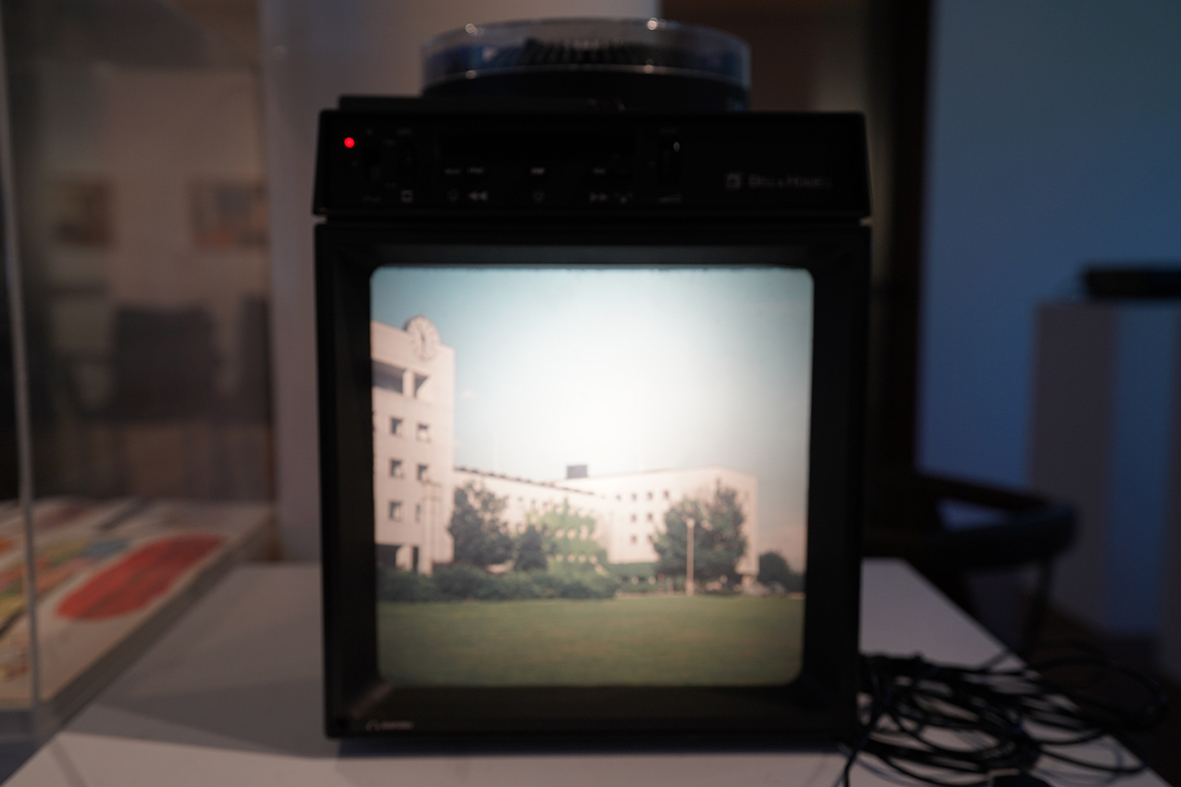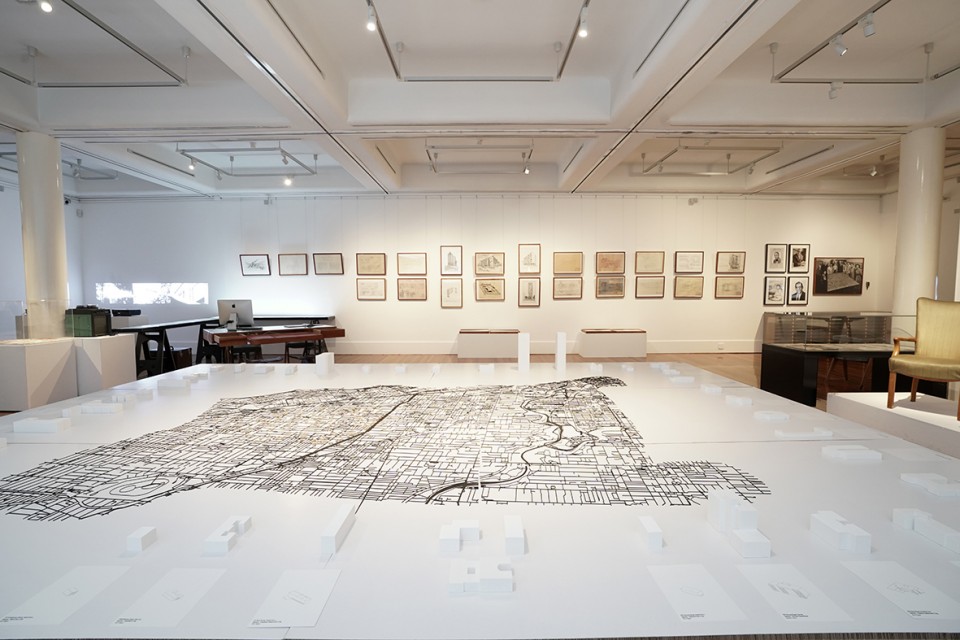Stylistic Species
2018 Stylistic Species




Exploring the deeply embedded cultural tropes evident in post-war Modernist architecture in the Glen Eira Local Government Area, ‘Excavating Modernism’ aimed to reflect, unpack and explore the significant contribution émigré architects such as Ernest Fooks, Kurt Popper, Herbert Tisher, and Mordechai Benshemesh, amongst others, contributed to the socio-cultural land-scape and Melbourne’s development at the time. Our focus was concentrated on the burgeoning Interwar and Post-War typologies of apartment and residential architecture, which manifested the building form known locally as the ‘Six-Pack’ and internationally as the ‘Ding Bat’. In 2018 Critical and Curatorial Practices in Design explored these notions through ephemera, artefacts, historical photographs, texts, and film responses.
To better understand the development of the apartment typology, and its employment by the Jewish community and émigré architects in Melbourne’s south-east and beyond, it’s important to consider the diaspora of Jewish citizens from around the world before, during, and after both World Wars. To ‘unpack the Six-Pack’ so to speak, we must delve into the history of this typology and the resonance it had with these émigrés. The concept of home, according to a study by Mihaly Czikszentmihalyi and Eugene Rochberg-Halton indicates that the notions of this word are one purely associative to English language speakers, rooted in Old Norse and Teutonic concepts representing the safety of place and nostalgic recollections of childhood. With this in mind, we can start to understand the desires and behaviours of Jewish migrants, whether as architects, developers, investors, clients, or residents, and why it wasn’t until much later that the ‘Great Australian Dream’ of the generous house on the quarter-acre block, surrounded by garden, came to the fore – much later – in the 60s and 70s. Further to this, we can start to ‘excavate’ the mindset of migrants during this time. As a culture, the Jewish community is internally engaged, well-connected, resourceful, and altruistic to each other, often going above and beyond to assist each other. Because of this, amongst many other reasons, there was a sense of pride in heritage, history, and ‘a way of life’ often abandoned or diluted by other migrant minorities at the time to try and ‘assimilate’, or ‘fit in’ to their new home. Accordingly, many contextually held aspirations and mandates that were commonplace at the time, such as the desire to live in detached dwellings (“One Man’s Castle”) were rejected by the Jewish community and thus seen as subversive, a sign of ‘foreignness and un-Australian-ness’.
